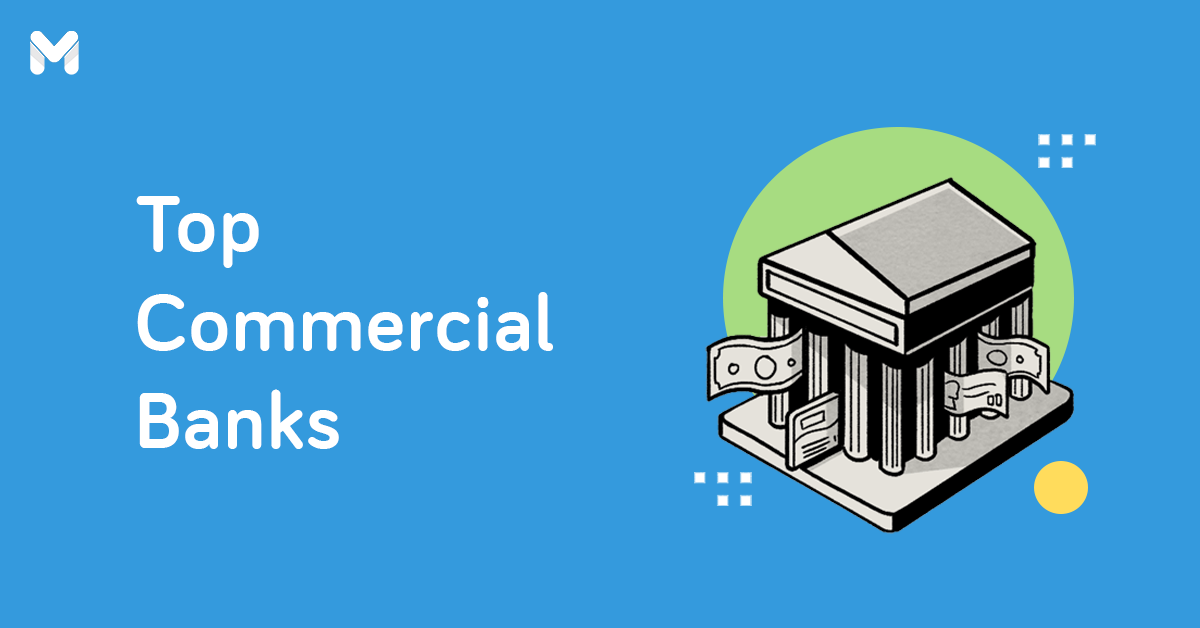Managing one’s finances is easier today with the prevalence of digital finance solutions. You can store your savings digitally, pay your bills online, and make other financial transactions like transferring funds or receiving remittances with just a few taps on your mobile phone.
Many previously unbanked Filipinos recently made the switch to this digital financial lifestyle, spurred by the pandemic’s online-first approach. With more people compelled to use electronic money for digital payments and cashless transactions, there’s no doubt that the pandemic catalyzed a financially inclusive digital transformation in the Philippines.
Increase of Filipinos with Bank Accounts in 2021

According to the latest Bangko Sentral ng Pilipinas (BSP) Financial Inclusion Survey (FIS),[1] the number of Filipino adults with bank accounts doubled from 20.9 million in 2019 to 42.9 million in 2021. This translates to an additional 22 million Filipinos opening a bank account in a span of just two years.
The rate of account ownership soared to 56% in 2021 from a mere 29% in 2019. This means the number of unbanked Filipinos dropped to 34.3 million (representing 44% of the total adult population) in 2021 from 51.2 million in 2019. That’s a reduction of 16.9 million!
Still, while the Philippine banking industry has made impressive strides in recent years, it’s undeniable that there’s still work to be done. Banking and other digital financial solutions remain untapped opportunities for almost half of the Filipino population.
To close the gap, it’s important to understand why it exists in the first place. Why do 44% of unbanked Filipinos refuse to make the shift? What’s keeping them from opening a bank account and joining the digital revolution?
Why 44% of Filipinos Remain Unbanked
Despite the growing rate of bank account ownership, financial inclusion remains a major issue in the Philippines. Here are six reasons a significant portion of the Filipino population is still unbanked.
Lack of Financial Literacy
-Dec-15-2022-04-12-49-0124-AM.png?width=674&height=449&name=Pics%20for%20blog%20-%20600x400%20(1)-Dec-15-2022-04-12-49-0124-AM.png)
One of the blockers of financial inclusion in the Philippines is the lack of financial literacy among the common folk.
People who’ve never had a bank account tend to be oblivious to the limitations of being unbanked. They don’t see the point of depositing money in a third-party institution when they can leave their savings at home for easy access in case of emergency.
People with low financial literacy also display a lack of awareness of the benefits of banking. They don’t know how to leverage banking products and financial services for their own good. They’re also not familiar with the different types of bank accounts in the Philippines they can use to maximize their finances.
The results of FIS 2021 show that only 2% of Filipinos could correctly answer all six basic questions that measure financial literacy. Promoting financial literacy in the Philippines is the first step towards boosting financial inclusion. The more people know how to handle their finances, the better they can access financial services to manage and grow their funds.
Lack of Trust in Financial Institutions
Many Filipinos are still ambivalent about opening a bank account because of the misconceptions they have about bank safety and security. According to FIS 2021, some adults are wary of using online platforms because of the possibility of being hacked, personal security breaches, and inadvertent transactions like transferring money to the wrong account.
Some Pinoys also avoid dealing with banks because they think financial institutions are corrupt. They believe money put in the bank can be lost. They don’t know that the opposite is true—one can actually grow their money if they deposit it in high-interest savings accounts.
Lack of Funds
-Dec-15-2022-04-14-09-5658-AM.png?width=674&height=449&name=Pics%20for%20blog%20-%20600x400%20(2)-Dec-15-2022-04-14-09-5658-AM.png)
Lack of funds is another reason many Filipinos still can’t open a bank account. In fact, according to FIS 2021, it’s the top reason a huge percentage of Filipinos are still financially excluded. Almost half (45%) of the unbanked Filipinos cited this as the main challenge to owning a formal account.
Those who live paycheck-to-paycheck barely have enough to cover their basic needs or essential expenses (e.g., food and utilities), so stashing away extra cash and opening a bank account are not big priorities. The FIS 2021 found that poorer communities consider savings “wants” instead of “needs,” as planning ahead and saving are nearly impossible when every day is a struggle for survival.
Moreover, the pandemic generally caused household income to drop and medical bills to increase, resulting in a decline in the percentage of adults with savings (regardless of economic standing)—from 38.6 million or 53% of the population in 2019 to just 28.9 million or 37% in 2021.
High Maintenance and Transaction Costs
-Dec-15-2022-04-18-05-3933-AM.png?width=674&height=449&name=Pics%20for%20blog%20-%20600x400%20(3)-Dec-15-2022-04-18-05-3933-AM.png)
According to the World Bank’s Global Findex 2021 report and database,[2] 57% of unbanked Filipinos claim that accounts are too expensive to create and maintain. BSP’s FIS 2021 echoes the same sentiment, as results reveal the top three things people consider when opening an account:
- Amount required for the initial deposit (53%),
- Maintaining balance (38%), and
- Interest rate (38%)
The average savings of Filipino adults, especially those from lower-income sectors, are not always enough to cover banking costs. While there are savings accounts with no maintaining balance, many banks require account owners to shell out a minimum amount for the initial deposit, which not everyone can afford.
One way to encourage more people to open bank accounts is to help them save on bank fees and charges or ATM fees and ensure that affordable financial products are accessible to them.
Lack of Accessibility
The results of FIS 2021 show that the accessibility of financial access points remains a challenge. This hinders Filipinos from using formal channels to obtain financial products or conduct financial transactions.
ATMs (48%), pawnshops (45%), and e-money agents (42%) are considered the most prominent access points, while lending institutions, bank cash agents, and insurance agents are financial access points with low accessibility.
Moreover, according to the same study, ATM usage in the Philippines is low due to unavailability, lack of awareness, long lines, and inaccessibility due to distance. Financial institutions are not always easy to access, especially in rural areas.
Lack of Documentary Requirements
-Dec-15-2022-04-20-47-8607-AM.png?width=674&height=449&name=Pics%20for%20blog%20-%20600x400%20(4)-Dec-15-2022-04-20-47-8607-AM.png)
FIS 2021 identifies the lack of documentary requirements as the second most common reason many Filipinos still don’t have a bank account. Around 40% of unbanked Filipinos reported this to be a major obstacle that hinders them from getting into the formal financial system.
Moreover, after cost concerns, documentary requirements are among the top considerations when opening an account. Some people are immediately intimidated by the long list of documents required when they explore how to have a bank account.
This is also one of the reasons why lower-income classes prefer informal sources such as pawnshops and private lenders when borrowing money. Informal sources release funds right away with zero to minimal documentary requirements.
Final Thoughts
If the BSP can sustain the momentum created during the pandemic, it’s likely it can realize its goal of reaching 70% of unbanked Filipinos by 2023.[3] It just has to look for new ways to address the reasons why a huge chunk of the population still chooses to remain unbanked.
Financial literacy is the first step toward encouraging unbanked Pinoys to make the switch to the more modern side of personal finance. Understanding the downsides of being unbanked and learning the advantages of participating in the formal financial system can help people get access to financial resources that will help them become more financially resilient and independent.
Still, financial literacy is just the tip of the iceberg. Institutions also need to put mechanisms in place to ensure that Filipinos on the lower rungs of the economic ladder can get access to financial solutions. At the end of the day, it’s a balancing act that makes sure everyone is accounted for and is given adequate opportunities to become financially included.
Sources:
- [1] 2021 BSP Financial Inclusion Survey
- [2] The Global Findex Database 2021: Financial Inclusion, Digital Payments, and Resilience in the Age of COVID-19 (The World Bank, 2021)
- [3] Goal to have 70% of adult Filipinos with bank accounts doable (Philippine News Agency, 2021)










